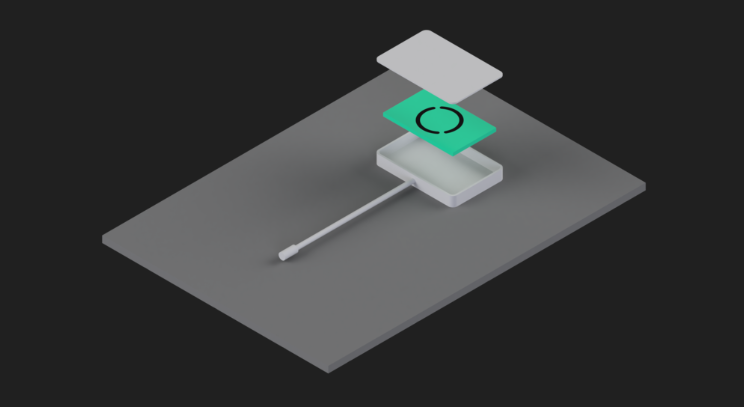Solar panels are lauded for their ability to produce emissions-free energy throughout the day, but when a shadow is cast on them, production is impacted quickly. In traditional solar panels, covering just 1% of the panel can cause a 33% reduction in power output, and 10% shading can cut production altogether.
San Francisco-based Optivolt saw an opportunity here to deliver a product that can turn shaded areas into sites of plentiful photovoltaic production. The company said its proprietary shade-tolerance technology, Optivolt Pulse, delivers up to 25 times more power in the shade when compared to conventional solar panels.
Pulse is a low-cost shade tolerance system that lives in the junction box and is a drop-in replacement for bypass diodes, using the same panel connections.
When the panel is fully illuminated, the shade tolerance system does nothing, and draws no power. When the panel is shaded, the optimizer goes to work, virtually averaging the dimmed spot across the panel.
The Pulse shade tolerance system is managed by Optivolt Glide, an MPPT controller with 98% efficiency. Together, the two technologies join to form its Thin Mint panel series, devices which range from small 3 W panels for powering single electronic devices to robust 410 W solar modules.
The patent-pending device is currently competing in the Department of Energy’s American-Made Challenge for hardware.
Optivolt said its product represents the next generation of solar panels. It points to the history of solar optimization, saying that the 2000s were focused on reducing macro-scale balance of system losses in large solar facilities, and the 2010s saw the rise in maximum power point tracking (MPPT), with module-level optimization being built into panels to boost production. Now, Optivolt is introducing sub-module optimization, perhaps a new phase in the advancement of solar.
“If you assume the global solar install base was shaded an average of just 1% with a 5% standard deviation, 225 terawatt-hours of energy production was untapped in 2021 due to the limits of today’s solar technology.” said Rohit Kalyanpur, founder and chief executive of Optivolt. “This represents roughly $29B in electricity generation and 11.2 billion kg of carbon emission offsets that went uncaptured. That’s just a conservative estimate, the real figure could be much higher.”
The company said it sees immediate opportunity in distributed and off-grid applications like Internet of Things (IoT) devices, 5G infrastructure, military equipment, robotics, and electric vehicles.
Optivolt was launched in 2018, and recently the company announced its largest funding victory to date, raising $8.2 million in a seed round funding led by Atlas Innovate. Other participating investors included Social Impact Capital, Pure Ventures, City Light Capital, and Peter Relan, who was an initial investor in Discord. The new round brings Optivolt’s funding to $10.1 million.
“What excites us about the technology is that it not only produces dramatic improvement for existing solar applications, but it enables the use of solar in new markets that are in dire need of ‘must-work’ critical power, such as 5G infrastructure and industrial IoT,” said Alain Rothstein, partner at Atlas Innovate.
“Our power grid is becoming increasingly unstable due to the effects of climate change, and it’s predicted that we’ll run out of oil in 41 years at current consumption. Optivolt’s shade tolerant panels deliver reliable off-grid energy to keep machines & critical infrastructure powered even through the most adverse conditions,” said Daniel Kofman, co-founder and CTO of Optivolt.
This article was changed to remove some images and figures that were not deemed ready for public consumption.
This content is protected by copyright and may not be reused. If you want to cooperate with us and would like to reuse some of our content, please contact: editors@pv-magazine.com.




This is like what Maxim Semiconductor tried to do in 2017 as well but was shutdown due to a patent infringement claim by a major optimizer manufacturer. It is a great thing don’t get me wrong.
It sounds great but how does it effect the warranty for the module manufacturers? How is it replaced in the event of a failure?